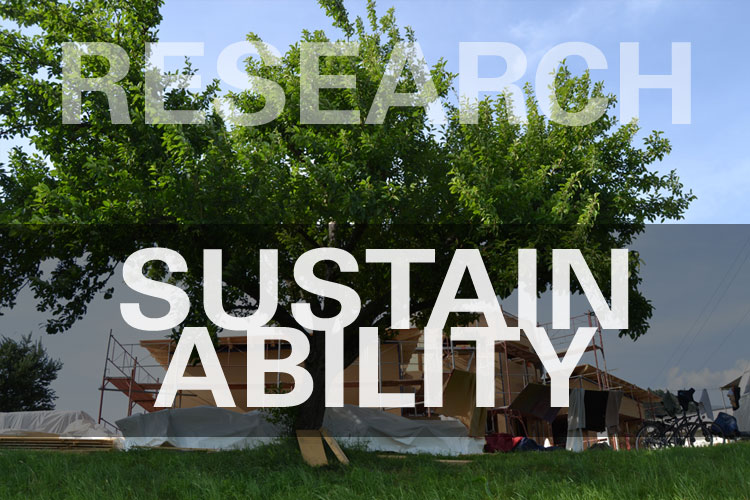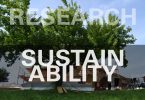Some construction materials can sequester carbon, balancing emissions from other materials and operating energy. This paper shows the ability of house design and construction to reduce CO₂ emissions towards net-zero, by using biomaterials (strawbale and timber), and emission-reducing technologies. A life cycle analysis of different house designs was used to compare the effectiveness of biomaterials with CO₂ -minimising technologies. End-of-life scenarios for materials are discussed. Strawbale and timber are ranked with other materials, energy-producing technologies, and efficient appliances, to compare CO₂ reductions. A limit to benefits from conventional insulation is identified; while strawbale is shown to continue providing thermal and CO₂ sequestration benefits as R-values increase. Strawbale and timber for house construction are as effective at reducing CO₂ -e emissions (by about half) as solar hot water, photovoltaics, efficient appliances, and efficient lighting combined. In combination, strawbale, timber, and emission-reducing technologies can potentially make houses net-absorbers of CO₂.
LINK to docplayer (download and print as PDF)


